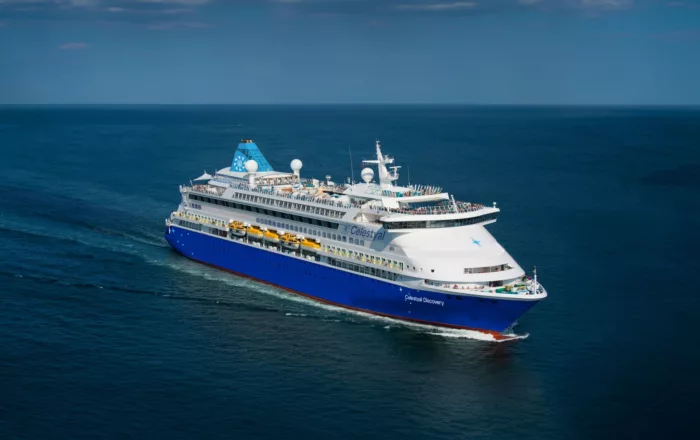
Celestyal Cruises
Greek line Celestyal offers the chance to sail around a selection of islands in a handful of days, staying in port longer at popular destinations such as Mykonos and Santorini.
Celestyal's two ships also call at less-visited places including the island of Milos, the Turkish port of Kusadasi - close to the ancient ruins of Ephesus - and Greece's second-biggest city, Thessaloniki, which has a rich Roman and Jewish heritage.
1260
Passengers
500
Crew
1994
Launched
2023
Last refit
55451t
Tonnage
219m
Length
30m
Width
20kts
Speed
10
Decks
EUR
Currency
Cruise Itinerary
Day 1
Piraeus, Greece
Embark.
Day 2
At Sea
Relax and make the most of the myriad of facilities available on board the ship, from fantastic entertainment to delicious and diverse dining options.
Day 3
Kotor, Montenegro
Day 4
Split, Croatia
Day 5
Venice, Italy
Day 6
At Sea
Relax and make the most of the myriad of facilities available on board the ship, from fantastic entertainment to delicious and diverse dining options.
Day 7
Katakolon, Greece
Day 8
Piraeus, Greece
Disembark.

Day 1
Piraeus, Greece

Day 2
At Sea

Day 3
Kotor, Montenegro

Day 4
Split, Croatia

Day 5
Venice, Italy

Day 6
At Sea

Day 7
Katakolon, Greece

Day 8
Piraeus, Greece
Ship Details


Celestyal Cruises
Celestyal Journey
Every constellation has a brightest star.
Cabins
All Prices







